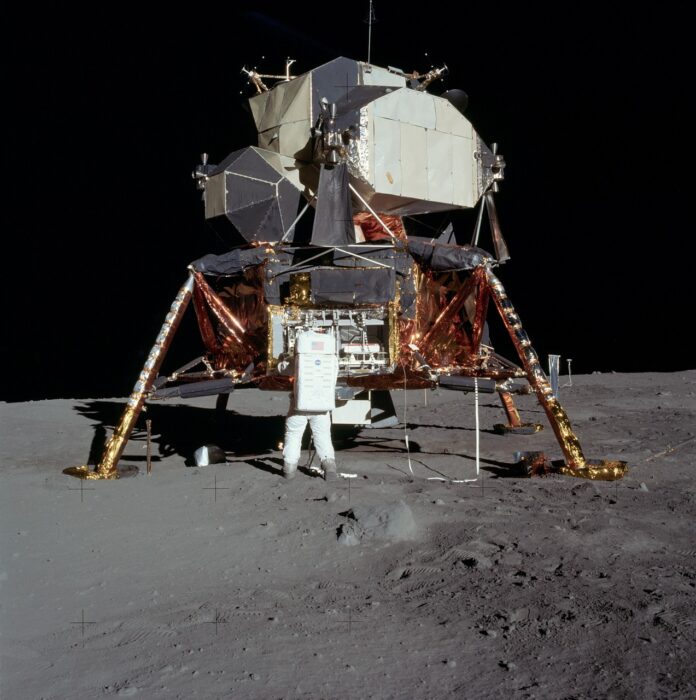Tool Placed on the Moon by Neil Armstrong and Buzz Aldrin: A Giant Leap in Lunar Exploration
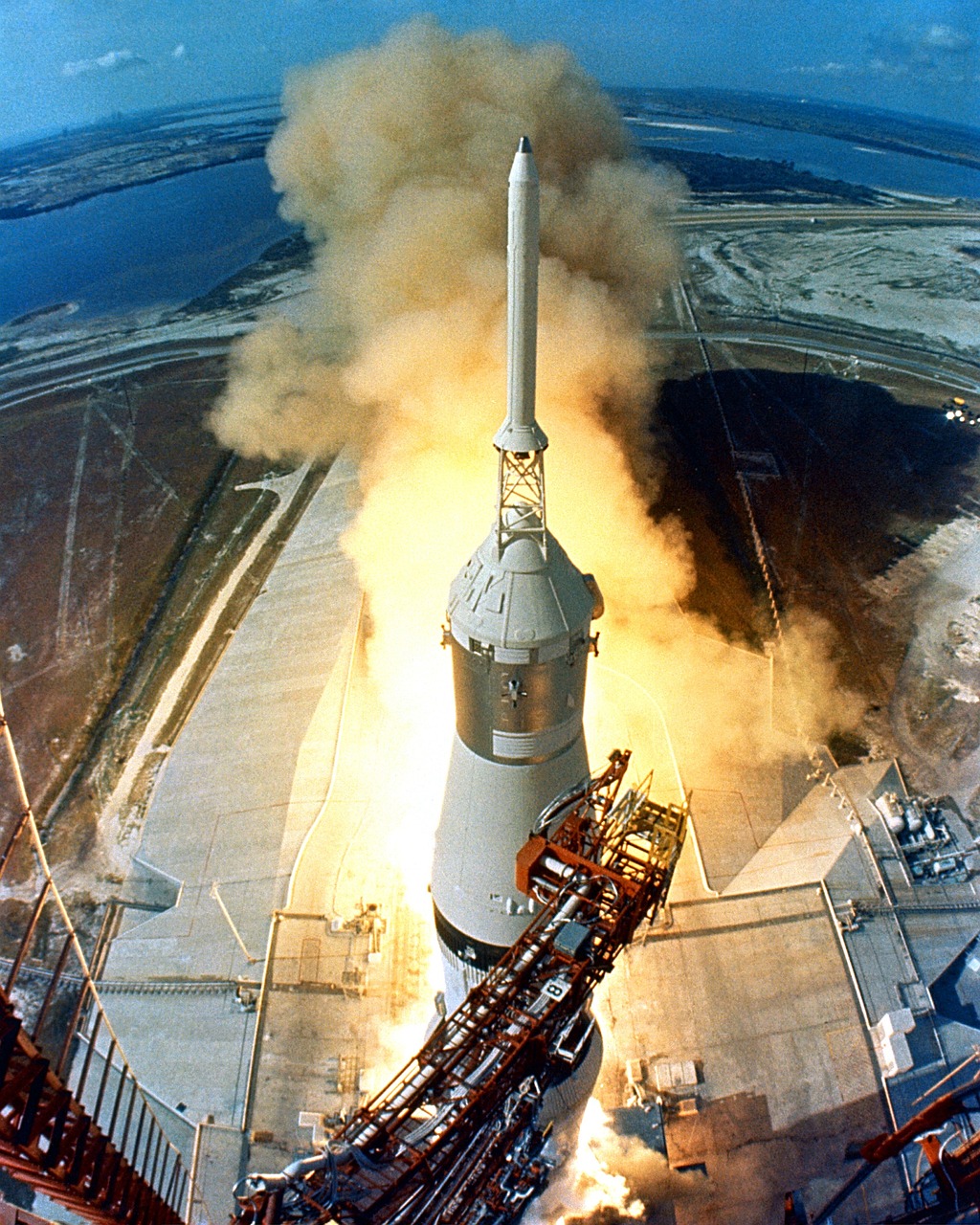
Introduction to Tool Placed on the Moon by Neil Armstrong
The historic Apollo 11 mission, led by astronauts Neil Armstrong and Buzz Aldrin, remains an iconic moment in human history. One of the most remarkable achievements of this momentous mission was the placement of various tools and scientific instruments on the lunar surface. These tools were instrumental in advancing our understanding of the moon and unlocking secrets of the cosmos.
The Journey to the Moon: Apollo 11 Mission
1. Apollo 11: A Giant Leap for Mankind
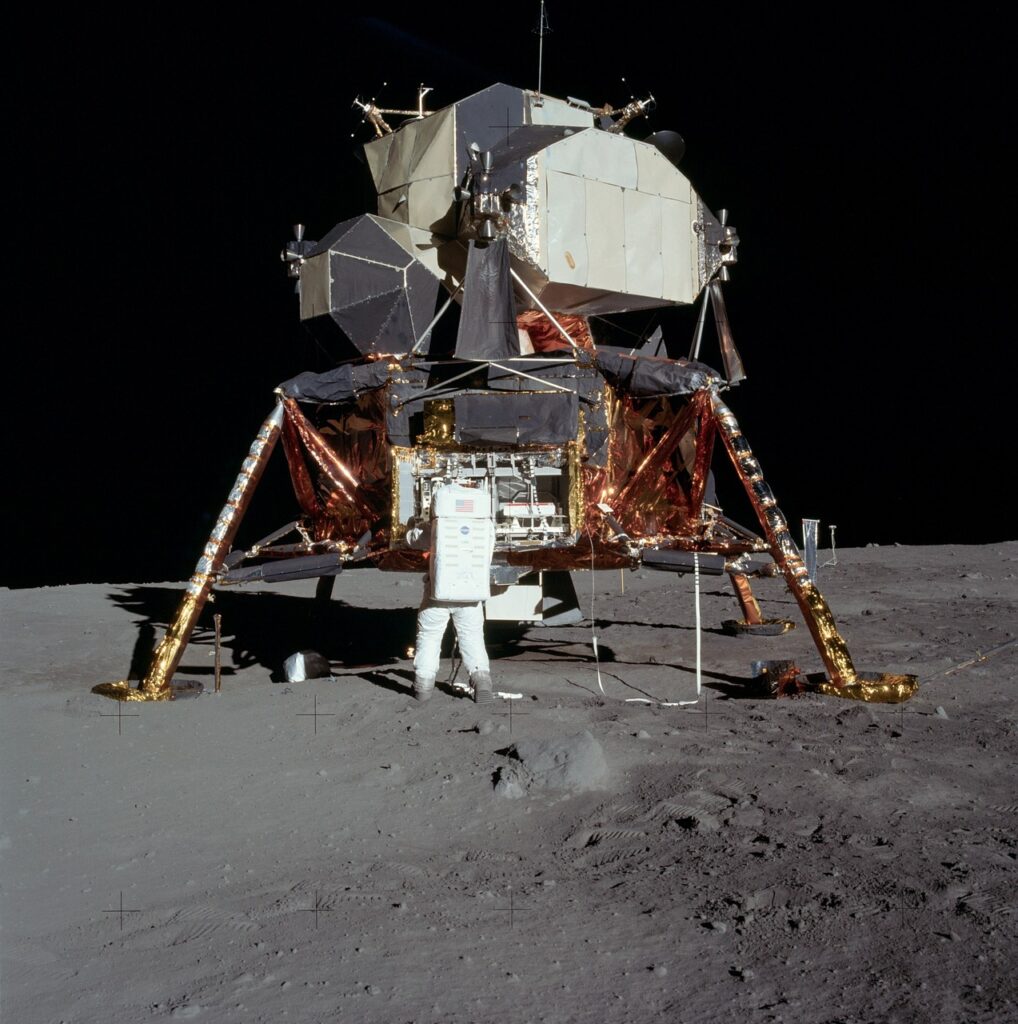
Apollo 11, the historic space mission launched by NASA in 1969, marked a monumental achievement in human space exploration. The primary objective of the mission was to land astronauts on the moon and safely return them to Earth. On July 20, 1969, Neil Armstrong and Edwin “Buzz” Aldrin became the first humans to set foot on the lunar surface.
As part of their moonwalk, the Apollo 11 astronauts conducted a series of scientific experiments and deployed various instruments on the moon’s surface. One of these instruments was the “Early Apollo Scientific Experiments Package” (EASEP), also known as the Apollo Lunar Surface Experiments Package (ALSEP).
The ALSEP was a collection of scientific instruments designed to gather valuable data about the moon’s environment, including seismic activity, temperature variations, and lunar dust. It was placed about 20 meters away from the lunar module, and its deployment was an essential part of the mission’s scientific objectives.
Neil Armstrong and Buzz Aldrin successfully set up the ALSEP on the moon’s surface, allowing it to collect data for several years after their departure. The package consisted of seismometers, heat flow experiment instruments, a solar wind spectrometer, and other sensors, all of which provided valuable insights into the moon’s geology and atmosphere.
The information gathered by the ALSEP and other experiments during the Apollo 11 mission significantly contributed to our understanding of the moon’s composition, structure, and history. The success of this historic mission paved the way for subsequent Apollo missions and has continued to influence future space exploration endeavors. The legacy of Apollo 11’s achievement remains an inspiration to humanity as we continue to explore the cosmos and strive to expand our knowledge of the universe.
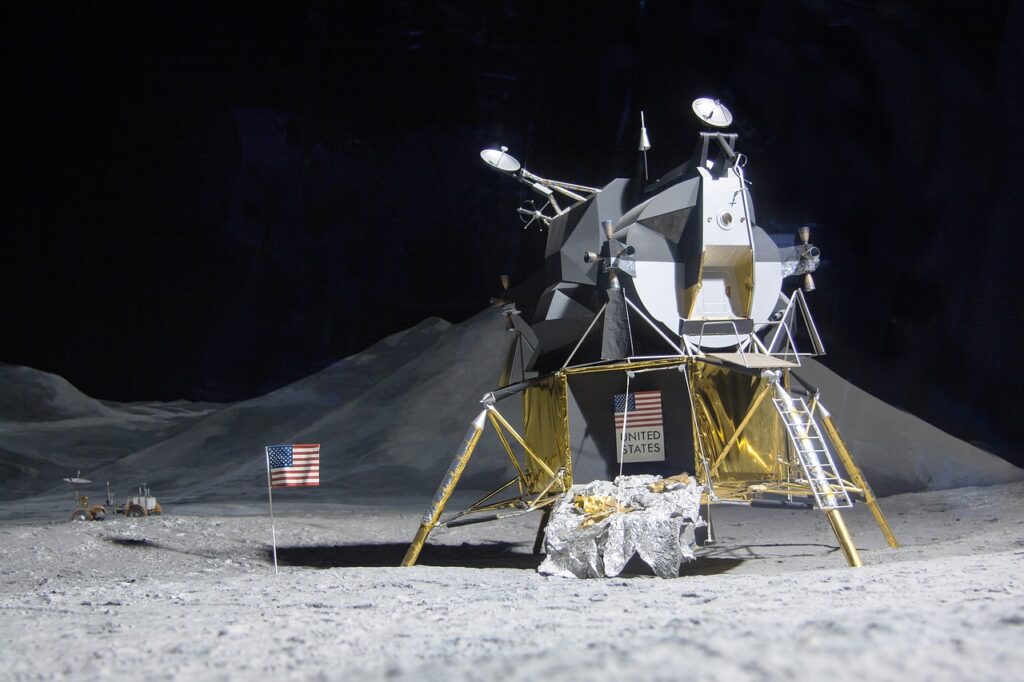
2. Landing on the Lunar Surface
On July 20, 1969, Neil Armstrong became the first human to set foot on the moon, followed shortly by Buzz Aldrin. They spent several hours conducting scientific experiments, capturing breathtaking photographs, and deploying essential tools and instruments on the lunar terrain.
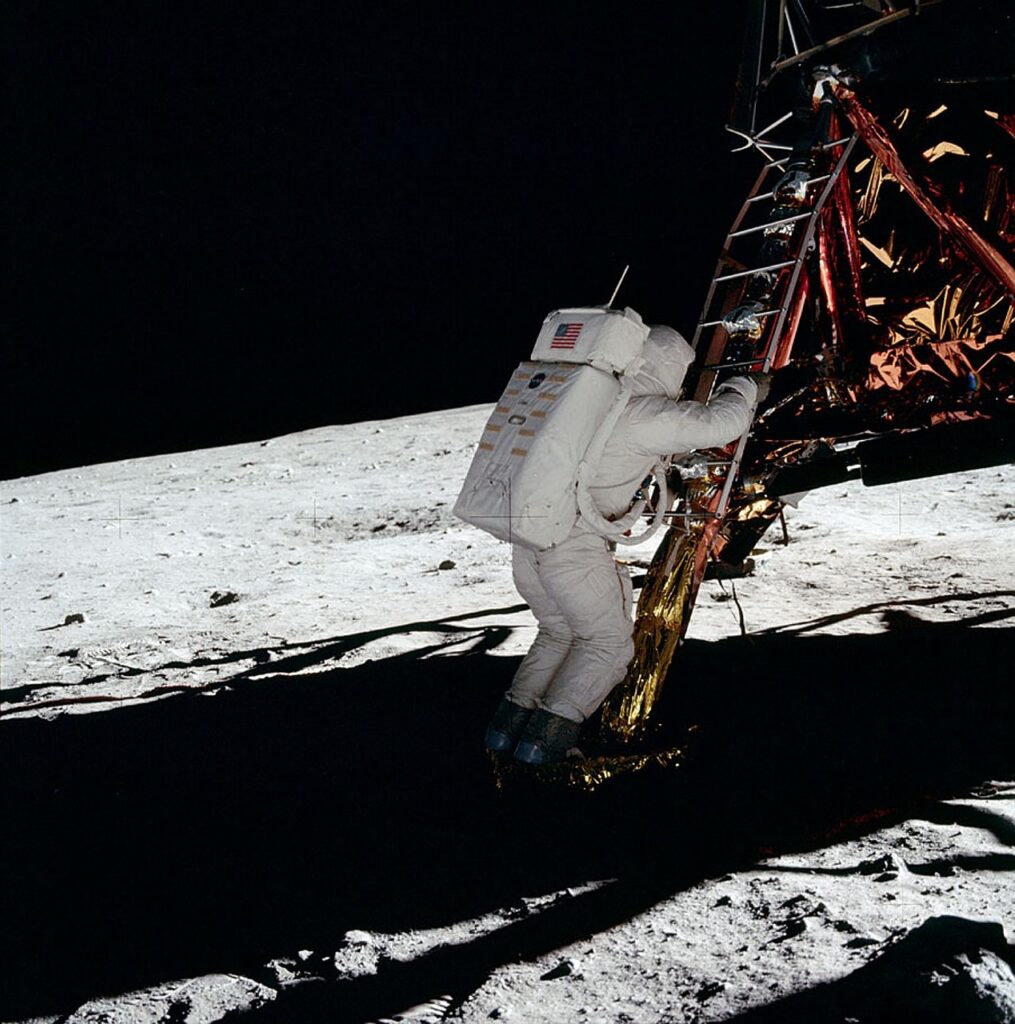
Tool Placed on the Moon by Neil Armstrong
1. The Lunar Ranging Retroreflector
One of the most significant tools placed on the moon was the Lunar Ranging Retroreflector. This ingenious device, consisting of glass prisms, allowed precise measurements of the Earth-Moon distance through laser ranging experiments.
The Laser Ranging Retroreflector, often referred to simply as the Lunar Retroreflector, is a sophisticated scientific instrument placed on the surface of the moon by astronauts during several Apollo missions. Its primary purpose is to enable precise measurements of the Earth-Moon distance and to conduct experiments related to lunar geophysics and fundamental physics.
The Lunar Retroreflector was first deployed on the moon during the Apollo 11 mission in July 1969 by astronauts Neil Armstrong and Buzz Aldrin. Subsequent Apollo missions, including Apollo 14, Apollo 15, and Apollo 16, also carried and placed additional retroreflectors on the lunar surface.
The retroreflector itself is a compact and robust device consisting of a cluster of small, cube-shaped prisms made of glass or quartz. These prisms have special properties that allow them to reflect incoming laser beams back towards their point of origin with minimal scattering.
How does it work?
Laser ranging stations on Earth send highly focused laser beams towards the moon. When these laser beams hit the retroreflector, they are reflected precisely back towards Earth. Sensitive detectors on Earth then measure the time it takes for the laser pulse to return, providing extremely accurate data on the Earth-Moon distance. This process, known as laser ranging, allows scientists to monitor the moon’s position in space and its orbital characteristics with incredible precision.
Applications and Scientific Significance:
The data obtained from laser ranging to the moon has numerous scientific applications, including:
1. Precise Measurement of the Earth-Moon Distance: Laser ranging enables highly accurate measurements of the distance between the Earth and the Moon, with an accuracy of a few centimeters. This information is crucial for understanding the dynamics of the Earth-Moon system and making precise predictions for space missions.
2. Lunar Geophysics: By analyzing the reflected laser pulses, scientists can study the moon’s gravitational field, its tectonic activity, and its rotational and orbital dynamics. These studies provide valuable insights into the moon’s internal structure and its evolution over time.
3. Testing Fundamental Physics: Laser ranging experiments have been used to test fundamental theories of physics, such as the theory of general relativity and the equivalence principle.
The Lunar Retroreflectors continue to be used in ongoing research and are maintained and operated by international laser ranging networks. These instruments represent an enduring legacy of the Apollo missions, providing valuable scientific data and contributing to our understanding of the moon and our place in the cosmos.
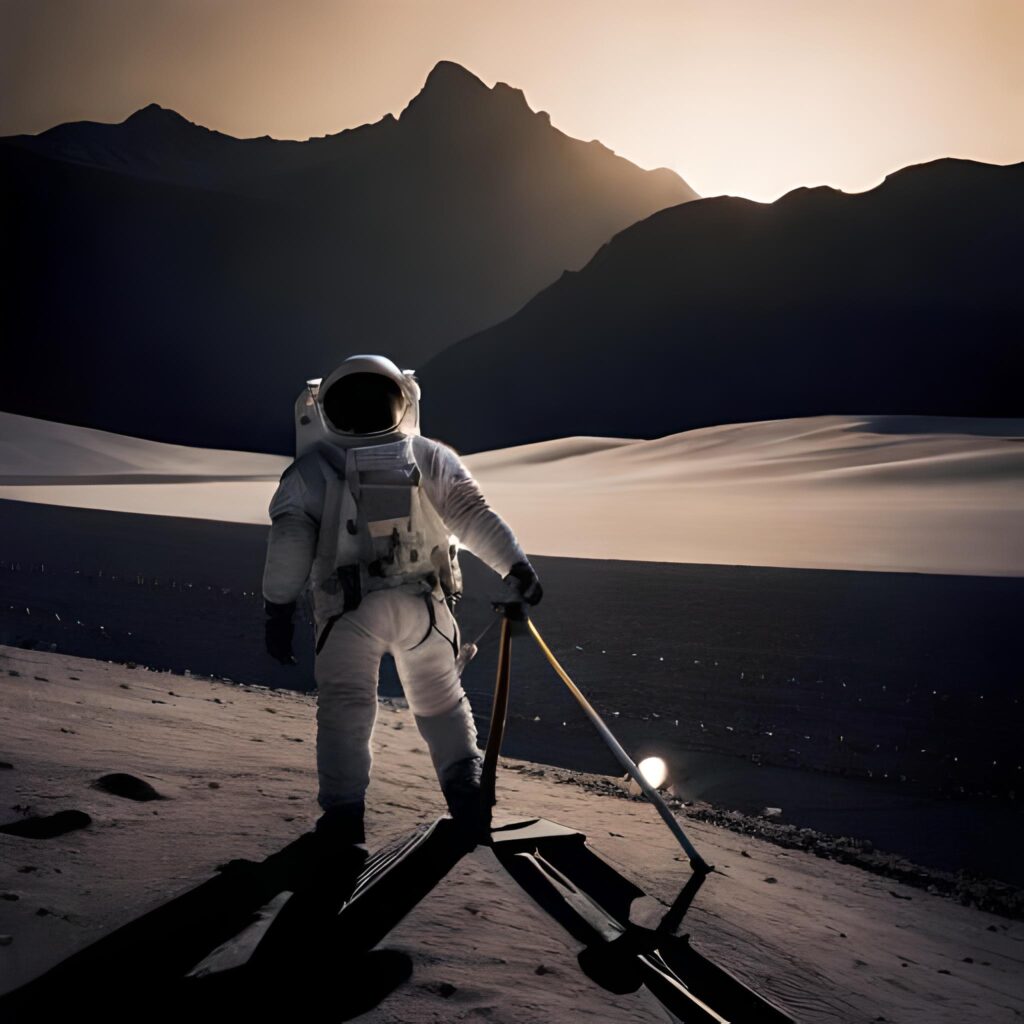
2. The Early Apollo Scientific Experiments Package (EASEP)
The Early Apollo Scientific Experiments Package, or EASEP, was a collection of scientific instruments designed to gather valuable data about the moon’s environment, including seismic activity, temperature variations, and lunar dust.
3. The American Flag
In a symbolic gesture, Neil Armstrong and Buzz Aldrin planted the American flag on the lunar surface, signifying the United States’ successful achievement of landing on the moon.
4. The Lunar Module Descent Stage
While not a tool per se, the Lunar Module Descent Stage, which brought Armstrong and Aldrin to the lunar surface, remained on the moon after the ascent stage returned to the command module in lunar orbit.
Scientific Contributions and Legacy
1. Advancing Lunar Science
The tools placed on the moon provided valuable scientific data that significantly advanced our understanding of lunar geology, geophysics, and the moon’s composition.
2. Paving the Way for Future Missions
The success of Apollo 11 and the deployment of tools on the moon paved the way for subsequent Apollo missions and inspired future space exploration endeavors.
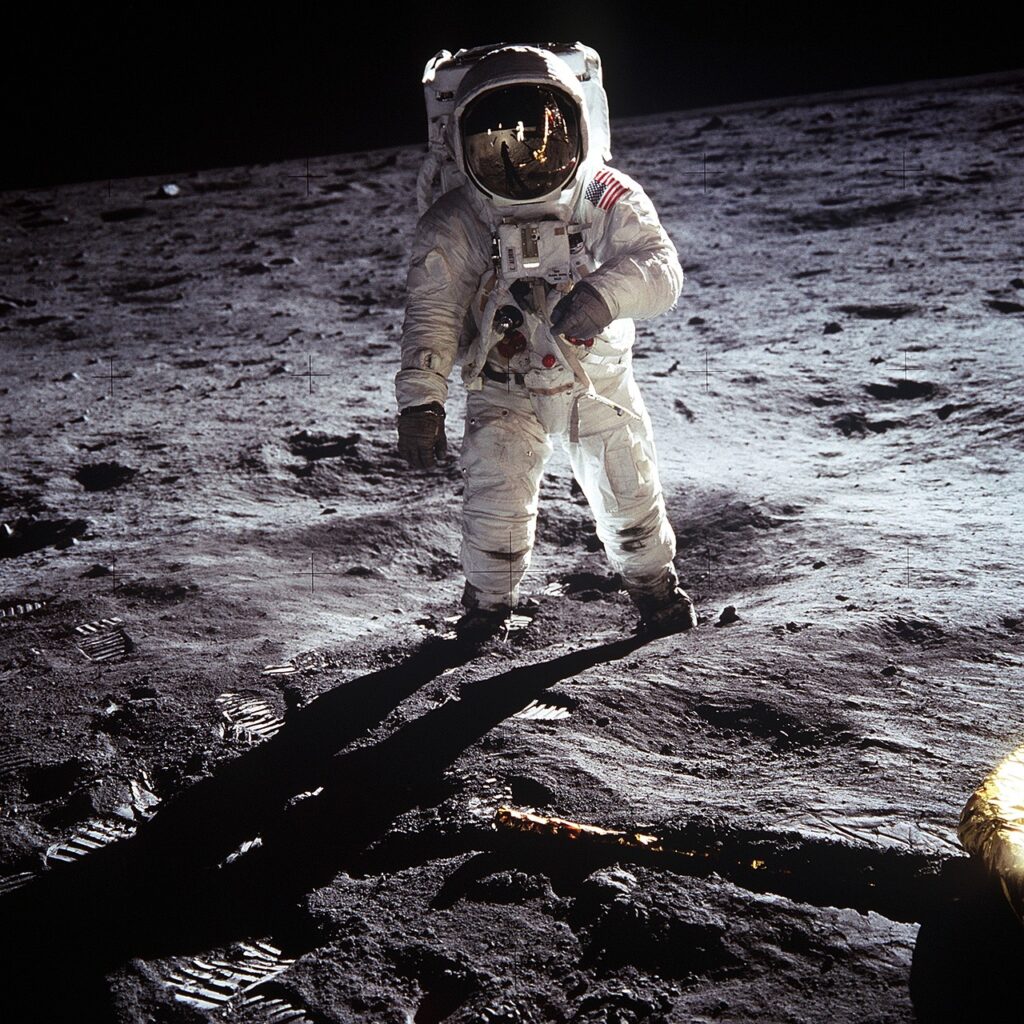
Conclusion
The placement of tools on the moon by Neil Armstrong and Buzz Aldrin during the Apollo 11 mission was a giant leap in lunar exploration. These tools played a vital role in unlocking the secrets of the moon and expanding our knowledge of the cosmos. Their legacy continues to inspire humanity as we continue our quest to explore the universe beyond our home planet.
FAQs
1. How did the Lunar Ranging Retroreflector work?
The Lunar Ranging Retroreflector reflected laser beams back to Earth, enabling precise measurements of the Earth-Moon distance.
2. What was the purpose of the American flag on the moon?
The American flag symbolized the successful achievement of landing on the moon and was a testament to human accomplishment.
3. How did the tools contribute to lunar science?
The tools provided valuable scientific data on lunar geology, geophysics, and the moon’s composition.
4. What was the significance of the Lunar Module Descent Stage?
The Lunar Module Descent Stage served as the landing platform for astronauts on the lunar surface and remained on the moon after the ascent stage returned to the command module.
5. How did Apollo 11 pave the way for future space missions?
Apollo 11’s success inspired subsequent Apollo missions and laid the foundation for future space exploration endeavors.

